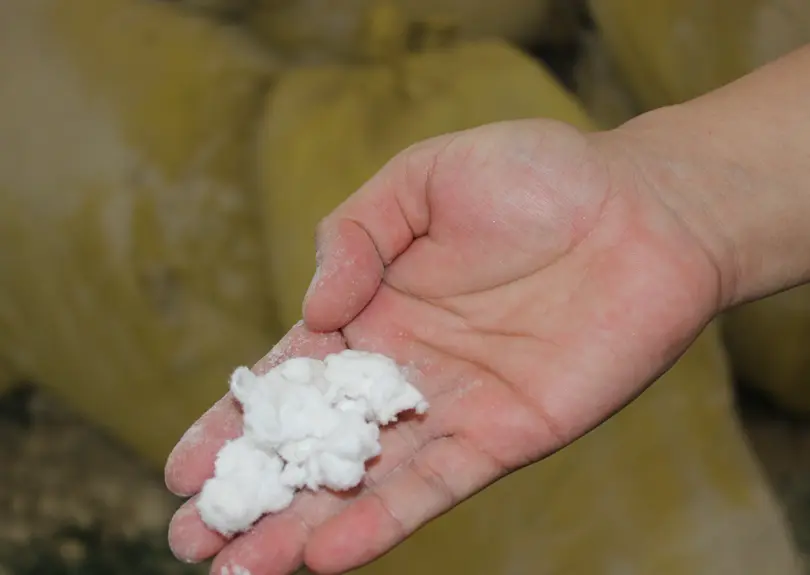
Nov . 09, 2024 01:12 Back to list
HPMC Solubility Characteristics in Cold Water for Pharmaceutical Applications
HPMC Solubility in Cold Water An Overview
Hydroxypropyl methylcellulose (HPMC) is a widely used polymer in various industries, primarily due to its excellent film-forming, thickening, and binding properties. Its solubility in water, especially cold water, is a crucial characteristic that determines its applicability in different formulations, such as pharmaceuticals, food products, and construction materials. This article delves into the factors affecting the solubility of HPMC in cold water, its applications, and the implications of its solubility properties.
Understanding HPMC
HPMC is a modified cellulose derived from natural cellulose, which undergoes various chemical processes to enhance its properties. The degree of substitution, including hydroxypropyl and methoxy groups, plays a significant role in the solubility characteristics of HPMC. Higher levels of substitution generally increase the solubility of HPMC in both hot and cold water, making it a versatile ingredient in many formulations.
Solubility in Cold Water
The solubility of HPMC in cold water is an essential feature for several reasons. First, it allows for easy incorporation into formulations without the need for heating. This is particularly advantageous in sensitive formulations, such as food products, where heat may degrade other ingredients or alter their taste and nutritional value. When dissolved in cold water, HPMC forms a viscous solution that can serve various functions, including stabilization and emulsification.
HPMC's solubility in cold water is influenced by several factors, including the molecular weight of the polymer, the concentration used, and the temperature of the water. Generally, lower molecular weight HPMC tends to dissolve more readily in cold water, whereas higher molecular weight polymers may require a higher temperature to achieve complete solubility. This phenomenon is attributed to the increased viscosity that higher molecular weight HPMC solutions exhibit, which can inhibit the effective dispersion of the polymer in water.
Factors Influencing Solubility
1. Molecular Weight The molecular weight of HPMC significantly affects its solubility profile. Lower molecular weight grades are more soluble in cold water compared to their higher molecular weight counterparts, which may necessitate the use of warm water for complete dissolution.
2. Degree of Substitution The degree of substitution impacts the hydrophilicity of HPMC. A higher degree of hydroxypropyl substitution typically enhances solubility, as it introduces more hydrophilic sites that interact favorably with water molecules.
hpmc solubility in cold water

3. Concentration The concentration of HPMC in the solution also plays a crucial role. Higher concentrations can lead to increased viscosity, making it more challenging for the polymer to dissolve properly in cold water.
4. Mixing Conditions The way HPMC is mixed with water can also affect solubility. Gentle stirring can facilitate a more uniform dispersion, while aggressive mixing may lead to clumping and incomplete dissolution.
Applications of HPMC in Cold Water
The ability of HPMC to dissolve in cold water has made it a popular choice in numerous applications
- Pharmaceuticals HPMC is often used as a binder and film-former in sustained-release tablets, where its solubility in cold water aids in the controlled release of active ingredients.
- Food Industry In food formulations, HPMC serves as a thickening agent, emulsifier, and stabilizer, particularly in products requiring maintenance of texture and integrity without heating.
- Cosmetics HPMC is commonly used in cosmetic formulations as a thickening agent and stabilizer, aiding in the formulation of creams, lotions, and gels that are often applied at room temperature.
- Construction In construction materials such as mortars and tile adhesives, HPMC improves water retention and workability, contributing to enhanced performance without the need for heat.
Conclusion
In summary, the solubility of HPMC in cold water is a vital property that enhances its utility across various domains, from pharmaceuticals to food and cosmetics. Understanding the factors influencing its solubility can help formulators optimize their products for desired performance, ensuring that HPMC continues to be a versatile and valuable ingredient in multiple applications. As research progresses, new grades and formulations of HPMC with tailored solubility profiles will likely emerge, further expanding its scope of use in diverse fields.
-
Versatile Hpmc Uses in Different Industries
NewsJun.19,2025
-
Redispersible Powder's Role in Enhancing Durability of Construction Products
NewsJun.19,2025
-
Hydroxyethyl Cellulose Applications Driving Green Industrial Processes
NewsJun.19,2025
-
Exploring Different Redispersible Polymer Powder
NewsJun.19,2025
-
Choosing the Right Mortar Bonding Agent
NewsJun.19,2025
-
Applications and Significance of China Hpmc in Modern Industries
NewsJun.19,2025







